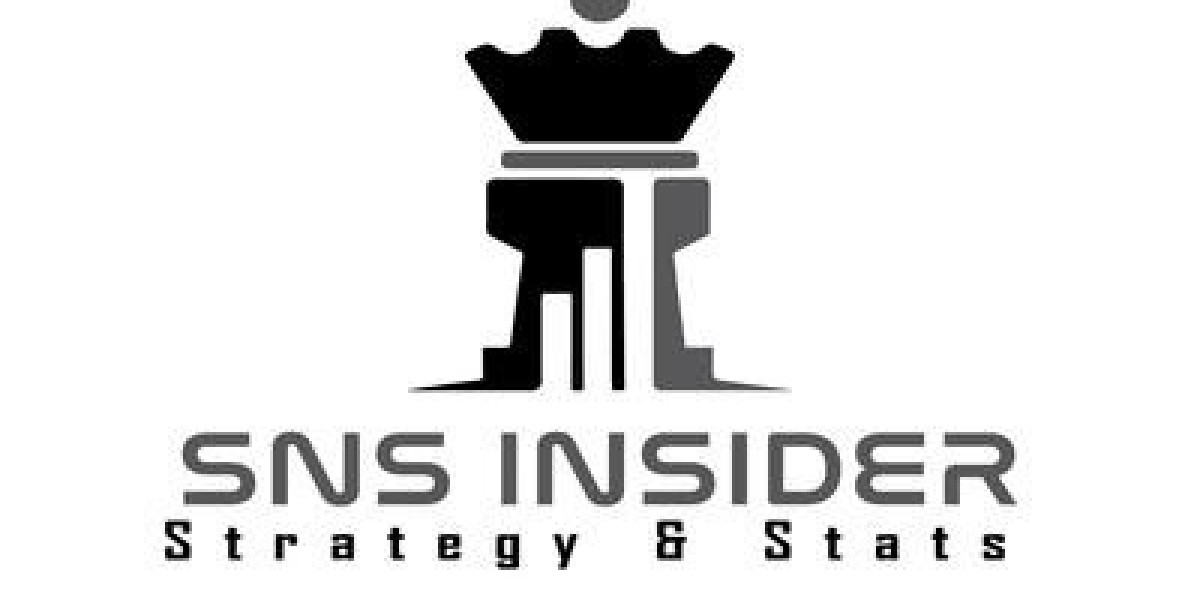In today's competitive digital landscape, brands must go beyond broad strokes in their marketing strategies, aiming instead for precision in reaching their desired audiences. Audience segmentation has emerged as a cornerstone of effective consumer targeting and ad measurement, enabling businesses to tailor their messages to specific groups with unparalleled accuracy. By dividing customers into small, homogeneous groups brands will be able to deliver personalized content that goes hand in hand with the segments and aligns with the taste of customers. This approach can do wonders for your business. This approach will enhance engagement and maximize the return on investment. A great mobile measurement partner like Apptrove plays a pivotal role in this process. It helps to track, attribute, and analyze consumer interactions across multiple channels ensuring marketing efforts are effective and measurable.
Now let us have a deeper look into how audience segmentation helps in consumer targeting and ad measurement.
How does it help in Consumer Targeting and Ad Measurement?
Audience segmentation helps the business in various ways. Some of them are :
Precision Targeting - By dividing the audience into segments based on characteristics like demographics, interests, or past behaviors marketers can tailor their campaigns accordingly. They can address the needs and preferences of each group separately. This increases the chances of engagement.
Enhanced Measurement - By segmenting, you get a clearer view of how different groups respond to your marketing efforts. This level of granularity can enable marketers to better measure the success and reach of their campaigns, finding out who the best and worst performing campaigns are.
Optimized Campaigns - Insights gained from segmented data will help you to adjust and refine your campaigns in real-time. By analyzing performance across different segments, they can make data-driven decisions to optimize campaigns and improve results.
Strategic Product Development - Segmented data can guide you in making products that will be liked by users. Marketers can identify specific needs or preferences within each segment, allowing businesses to develop products or features that cater directly to those demands.
Identify Effective Communication Channels - Segmentation helps marketers identify the most effective channels for marketing communications. Some segments may respond better to email marketing, while others may be more engaged through social media or mobile ads.
These are some of the ways by which marketers benefit from audience segmentation. Now let us move into the various types of segmentation.
Types of Segmentation
There are various types of segmentation a marketer should be aware of. Some of them are :
Geographic Segmentation - This is the type of segmentation that is done based on geographical location. In this method, marketers analyze the region, its cultural practices, laws associated with the place, social norms, and other things to effectively market the product and service. An example of geographical segmentation is the marketing of sunscreen in a warm and hot place. Another example is food companies adapting according to the particular food cultures at places.
Demographic Segmentation - Demographics are one of the oldest and most common audience segmentation examples. This involves grouping your customers based on demographic characteristics, like age, income, gender, and education level, among others. An example of demographic segmentation is that the popular brand Nike has introduced Air Jordan for young adults who are interested in basketball. They have also introduced running shoes for middle-aged people and introduced shoes that are particularly for kids.
Behavioral segmentation - This is a strategy in the marketing process that uses customer behavior and product usage to divide customers into distinct groups. Behavioral segmentation focuses on how people buy and use your product, their knowledge about it, and how often and how much they use it. An example of this is the brand Amazon uses behavioral segmentation to personalize its recommendations based on users' browsing behavior.
These are some of the major types of segmentation. Now let us move into the challenges of audience segmentation.
Limitations of Audience Segmentation
Various challenges should be addressed to get maximum results in audience segmentation. These limitations should be thoroughly studied and need to be overcome for the growth of business. Some of the challenges are :
Data Accuracy - Effective segmentation requires accurate and comprehensive data. Collecting this data can be difficult, especially when dealing with privacy concerns and data protection regulations.
Over-Segmentation - While segmentation aims to target specific groups, too much segmentation can lead to an overly fragmented audience.
Changing Consumer Behavior - The behavior of users can change over time. Thus keeping an eye on them every moment can be challenging.
These are some of the limitations that need to be overcome by the business.
In conclusion, audience segmentation is a powerful tool for tailoring marketing efforts to specific consumer groups, allowing brands to connect more effectively with their target audience. We should not forget that an effective mobile marketing partner like apptrove can help your business to manage and analyze the huge volume of data from segmentation. Apptrove can also be an aid in the journey of your business to success.








